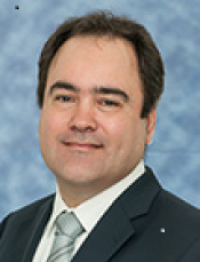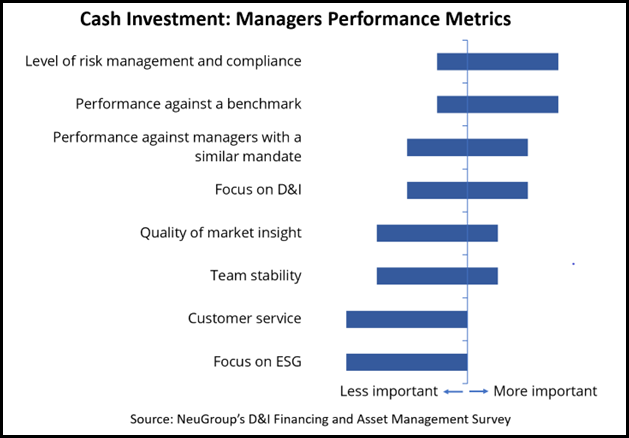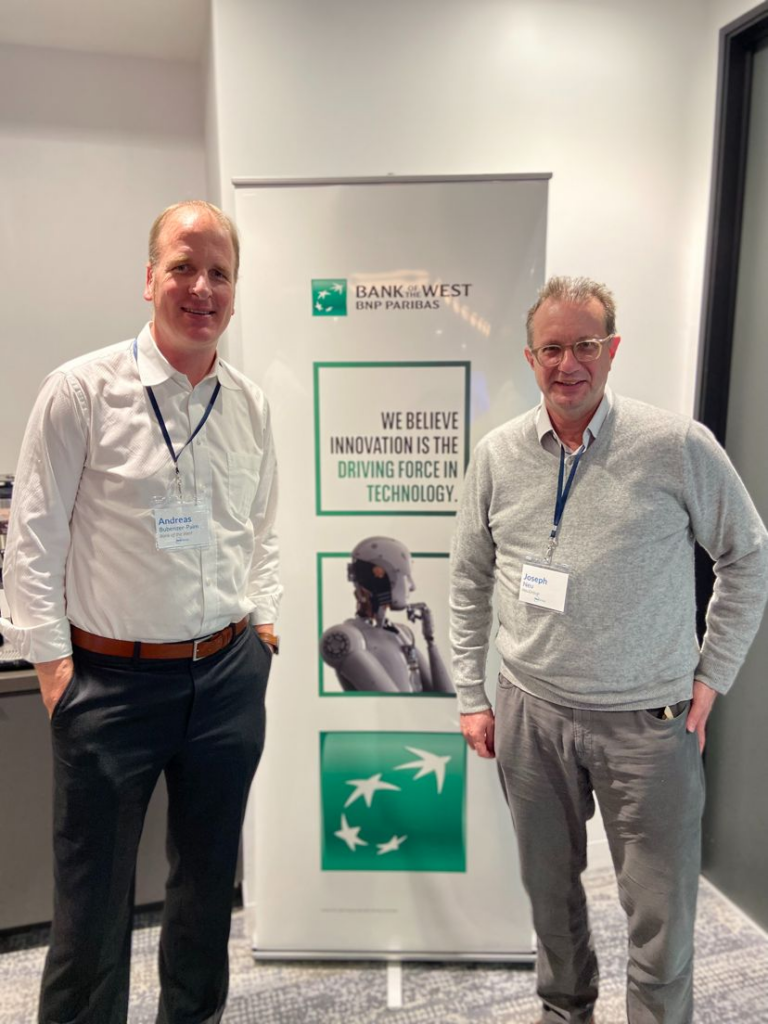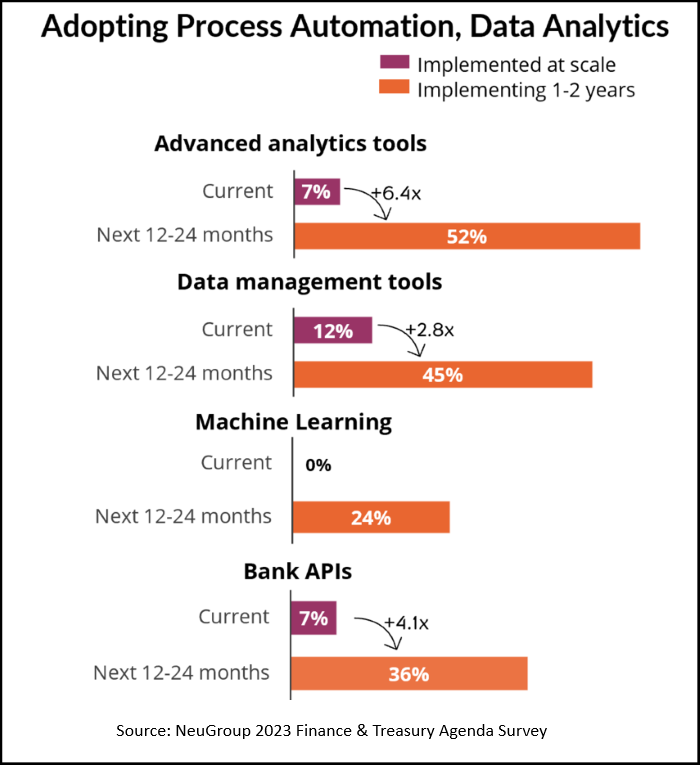Finance teams come together to overcome obstacles amid sanctions, countersanctions and the exodus of banks from Russia.
By Paul Dalle Molle, NeuGroup Senior Executive Advisor
This week’s one-year anniversary of Russia’s invasion of Ukraine is a sad moment, knowing as we do that the war is raging on with no signs of ending. It also reminds us that the conflict really began in 2014 with Russia’s annexation of Crimea and the war in Donbas. It has been almost a decade of sadness over lives lost and a country being destroyed.
Finance teams come together to overcome obstacles amid sanctions, countersanctions and the exodus of banks from Russia.
By Paul Dalle Molle, NeuGroup Senior Executive Advisor
This week’s one-year anniversary of Russia’s invasion of Ukraine is a sad moment, knowing as we do that the war is raging on with no signs of ending. It also reminds us that the conflict really began in 2014 with Russia’s annexation of Crimea and the war in Donbas. It has been almost a decade of sadness over lives lost and a country being destroyed.
- At NeuGroup, the anniversary presents an occasion to recall how treasury and finance teams at multinational companies adapted to the crisis, including significant obstacles around banking. And it’s an opportunity to reflect on where things stand now for corporates coping with Western sanctions and Russian countersanctions.
- While the war itself grinds on, we have witnessed a significant evolution in the needs of our members. To meet those needs, a year ago we created NeuGroup for Russia-Ukraine Crisis, a community where finance practitioners could pose hard questions and openly discuss challenges and solutions on a weekly basis.
- As members got more control of the situation and clarity over sanctions and business restrictions, the group moved to meeting twice a month and then monthly. Today, after some two dozen meetings, we convene on an as needed basis. The next gathering is planned for March 13. Click here for more information.
Urgent questions. Early on in the crisis, members urgently sought answers to pressing questions, including how to get money to staff in Ukraine and Russia, in some cases to help them and their families relocate. Another major issue: making sense of a slew of sanctions, that changed frequently and grew to cover more people, banks, companies and even arcane subsidiaries and affiliates.
- The next phase focused on resetting institutional relationships when partners ended up on those sanctions lists or ceased their activities. One example among many was payroll. How do you pay staff if your paying bank is now a sanctioned entity? An even bigger stress came when the giant payroll supplier ADP left the country.
- Fortunately, the sanctions had lead-in times that allowed members to find alternatives, even if this meant a lot of scrambling. And to be clear, every member company in our group was determined to be a good corporate citizen. We never heard the slightest hint of someone trying to flout sanctions or other rules.
Struggles with banks. The single biggest topic for members of the working group in the past year has been an almost constant search for banking partners. Banks began to tighten conditions as soon as the war began, a process that continued until most foreign banks closed or announced impending closures.
- Banks frequently delayed and sometimes rejected payments after detailed sanctions compliance analysis. Most payments eventually went through, some had to be resubmitted and others routed through different countries or banks because of different interpretations of a situation; a few payments were indeed rejected, with banks thankfully offering reasons for their decisions.
- The four biggest international banks, Rosbank, Raiffeisen, UniCredit Russia and Citibank Russia, had the greatest impact on multinationals. Rosbank was sold by Societe Generale to its previous Russian owner; Citibank, the largest banker to MNCs, is closing its corporate business in two phases, creating a migration of accounts to the two big remaining EU banks, a few non-US/EU international banks and a few unsanctioned Russian banks.
Ruble wrinkles. The steady reduction in RUB liquidity of companies and international banks presented more challenges. This was primarily driven by the drastic reduction or elimination of local business, of course, but also a desire to reduce risk and keep liquidity to a bare minimum.
- Some companies were forced to reduce liquidity below their desired minimum operating levels because of pressure from the few remaining international banks. These banks must reduce their Russian exposure and the reserves that need to be kept against their business, so they gradually forced their corporate MNC clients to reduce balances in bank accounts.
- The good news is that the banks offer local RUB brokerage accounts, which do not attract reserves, alongside the bank accounts. So corporate liquidity can be invested in the brokerage accounts and then transferred into the banks when needed.
State of play today. The spectrum of treasury responsibilities in Russia today is very broad. At one end, some members have no activities at all because their companies chose to exit completely and did so.
- At the other extreme are businesses (mostly in the special sectors of medical, pharmaceutical, agricultural, mineral and hydrocarbons) which maintain substantial operations in the country. That’s because these subsectors were not sanctioned, or lightly sanctioned, by US and EU authorities, a tacit and sometimes explicit indication that the authorities want these activities to continue.
- In between these two extremes are corporates that still have some modest level of treasury activity, such as payables and receivables, funds transfers, RUB liquidity, etc. These find themselves maintaining a low level of operations in the country either because they cannot sell or transfer their assets or because they have decided to maintain some functions instead of undertaking a complete withdrawal.
Looking ahead. Several months after the start of the war our working group held a special session to review best treasury practices in crisis preparedness, including how this war and the complexity of sanctions revealed strengths or weaknesses in members’ plans and playbooks.
- There were many approaches outlined and specific suggestions made, but by far the most important conclusion was the need, from the outset of a crisis, to have simple and clear lines of communication and decision-making for the entire company announced from the top. That’s one of the few positives to take away from this crisis—so companies can better weather the next one.
- Corporates will continue to explore ways of reducing their activity and exiting that do not endanger local employees. And companies that remain will continue to cobble together payment and funding solutions for their core needs, establish new banking relationships with the ever-dwindling number of unsanctioned banks inside Russia, and generally run their businesses on a shoestring.
Finally, in thinking about the challenges and key issues that lie ahead, I cannot escape returning to the theme of sadness where we began. There is no sign that the war will end soon; the death and destruction look set to continue. My greatest hope is, of course, that the war ends soon.
Looking more tactically at our members and their businesses in Russia, I would hope for more clarity from US and EU institutions about the businesses that they want Western companies to continue to do in Russia (such as those special sectors mentioned above) and recognize the need for a few key Western banks to accompany them on this journey.

























